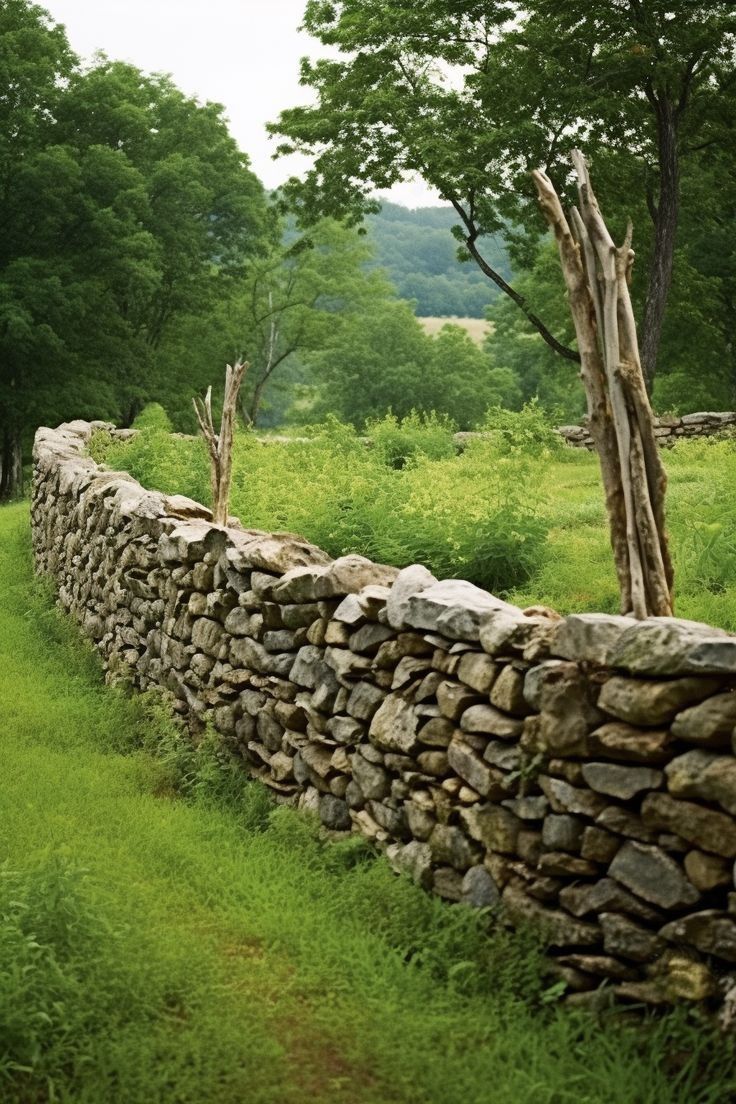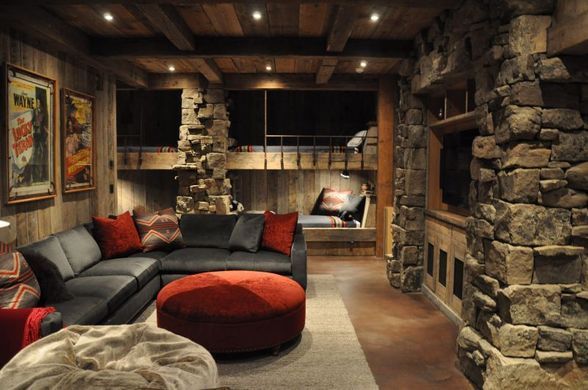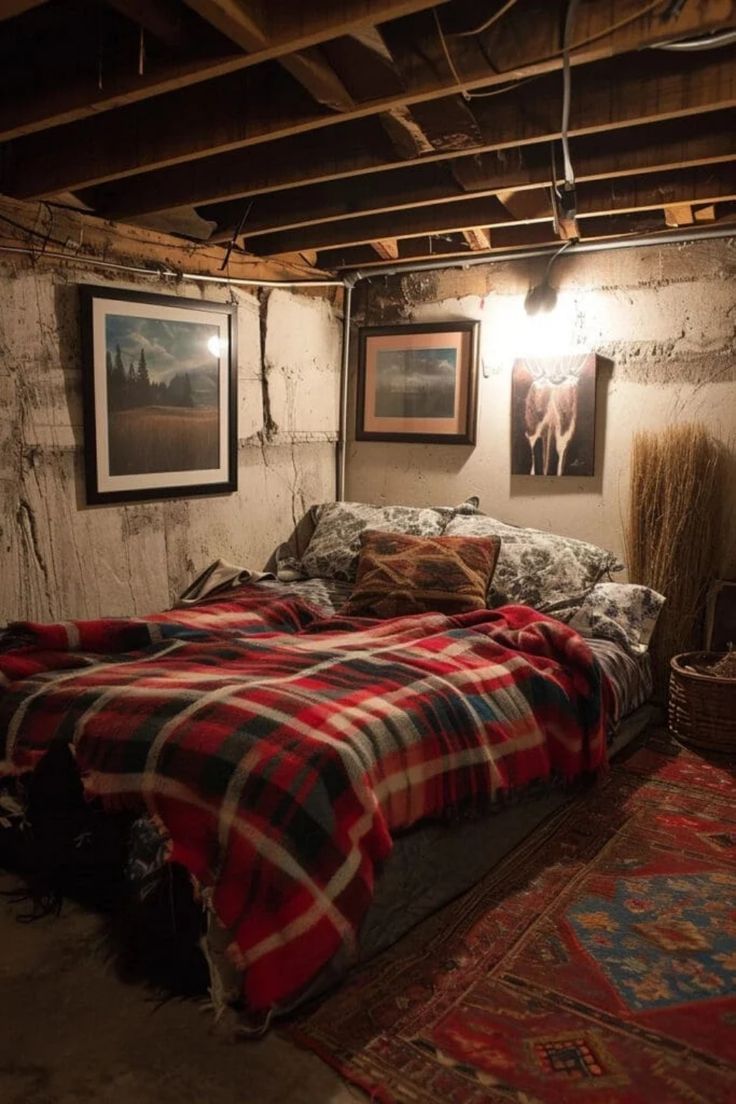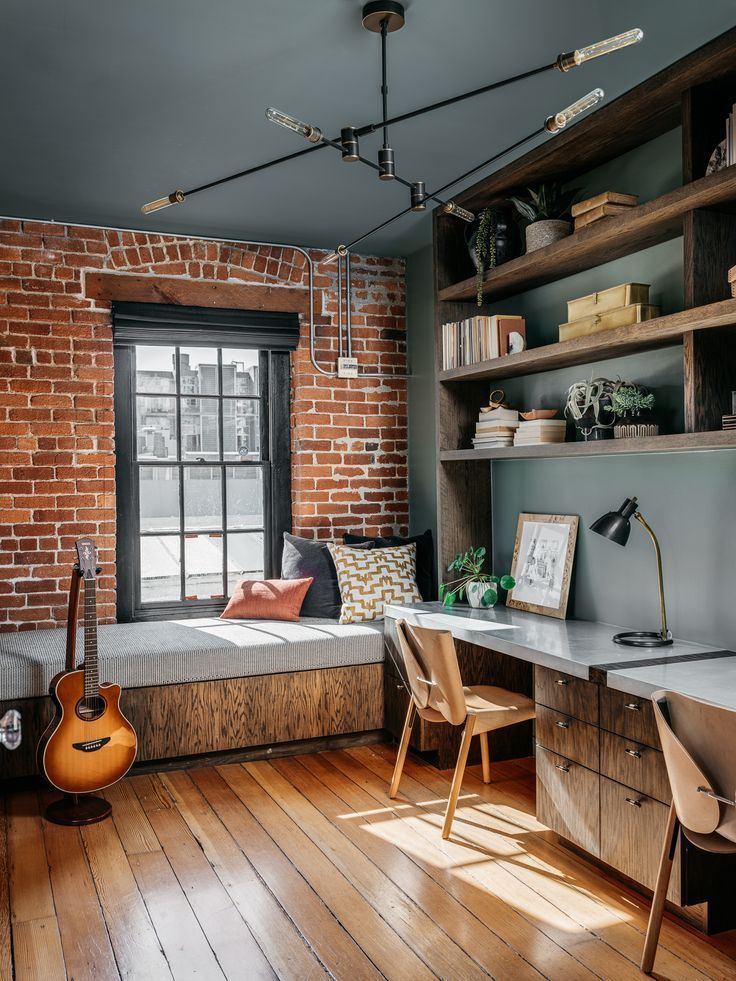Transforming Basements: Ideas for Creating Functional and Inviting Spaces
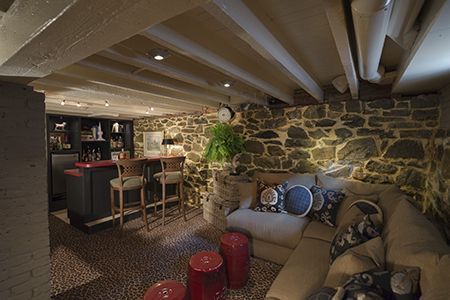
Introduction:
Basements often serve as underutilized spaces in our homes, relegated to storage or laundry duties. However, with a little creativity and vision, basements can be transformed into functional and inviting spaces that add value and versatility to your home. In this article, we'll explore a variety of ideas for maximizing the potential of your basement and turning it into a welcoming retreat for family and guests alike.
1. Cozy Entertainment Lounge:
Transform your basement into a cozy entertainment lounge where family and friends can gather for movie nights, game days, or casual gatherings. Install comfortable seating, such as sofas, bean bags, or recliners, and add a large-screen TV or projector for movie marathons or gaming sessions. Enhance the ambiance with soft lighting, plush rugs, and decorative accents to create a welcoming and inviting atmosphere.

2. Home Theater:
Take your entertainment experience to the next level by creating a dedicated home theater in your basement. Install theater-style seating or reclining chairs, acoustic panels, and surround sound speakers for an immersive viewing experience. Consider adding a popcorn machine, mini fridge, and snack bar for added convenience and enjoyment.

3. Home Office or Study:
Transform your basement into a productive home office or study space where you can work, study, or pursue hobbies and interests. Create a dedicated workspace with a desk, ergonomic chair, and ample storage for supplies and equipment. Enhance the environment with natural light, task lighting, and inspirational decor to foster creativity and focus.
4. Fitness and Wellness Center:
Create a dedicated fitness and wellness center in your basement to prioritize your health and well-being. Install exercise equipment such as treadmills, stationary bikes, or weight machines, and incorporate space for yoga, meditation, or stretching. Consider adding amenities such as a sauna, steam room, or hot tub for relaxation and rejuvenation after workouts.
5. Guest Suite or In-Law Apartment:
Transform your basement into a comfortable guest suite or in-law apartment for visiting family and friends or as a potential rental income opportunity. Create a private bedroom with a cozy bed, ensuite bathroom, and ample storage for clothes and personal belongings. Add a kitchenette or mini bar, living area, and dining space to provide all the comforts of home for your guests.
6. Creative Studio or Workshop:
Unleash your creativity and pursue your passions by converting your basement into a dedicated creative studio or workshop. Set up worktables, storage shelves, and easels for painting, crafting, or woodworking projects. Customize the space with inspiring decor, natural light, and functional tools and equipment to support your creative endeavors.
7. Wine Cellar or Tasting Room:
Create a luxurious wine cellar or tasting room in your basement to indulge your passion for fine wines and entertaining. Install wine racks, shelves, and temperature-controlled storage units to showcase your wine collection and keep it at optimal conditions. Create a cozy seating area with a tasting table, bar stools, and ambient lighting for intimate gatherings and wine tastings.
Conclusion:
With a little imagination and creativity, your basement has the potential to become a versatile and inviting space that adds value and functionality to your home. Whether you're seeking entertainment, productivity, relaxation, or hospitality, there are endless possibilities for transforming your basement into a welcoming retreat that suits your lifestyle and preferences.
